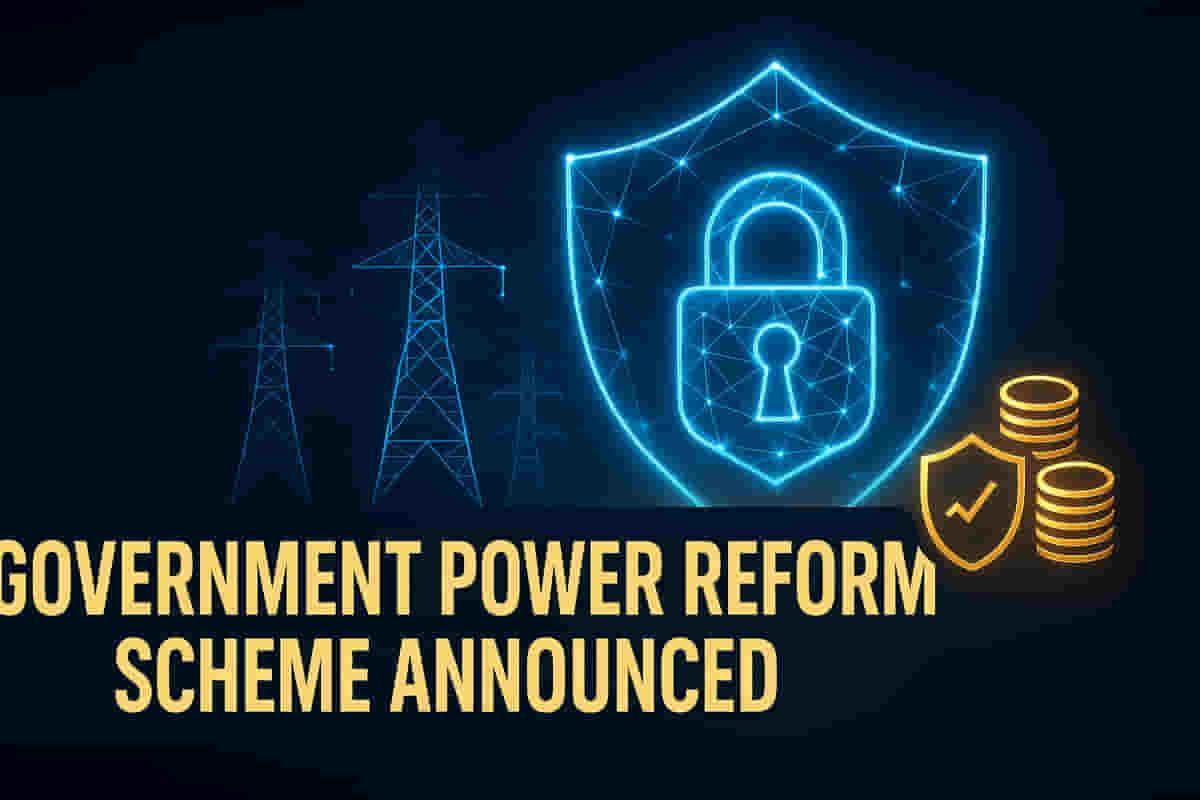Government Plans Major Reform Scheme for Power Distribution Utilities, Including Disinvestment and Debt Restructuring
Energy
|
30th October 2025, 12:11 AM

▶
Short Description :
Detailed Coverage :
The government is developing a significant scheme aimed at restructuring and reforming state-owned power distribution utilities across India. Key components of the proposed plan include encouraging minimum stake disinvestment to strategic partners and undertaking debt restructuring for these utilities. As an incentive, the central government may offer capital expenditure support.
To qualify for benefits under this scheme, state governments would be required to ensure that at least 20% of the total electricity consumption is served by distribution companies involving private sector participation. States will have options for inducting a strategic partner: either a strategic partner holds the majority stake, or the state sells a minimum of 26% stake while transferring management rights. Alternatively, if a state prefers not to bring in a private partner, its distribution company may be supported through listing on the stock market, along with capital expenditure funding via an equity grant.
The scheme also proposes that unsustainable debt currently held by distribution companies could be taken over by the respective states, potentially with fiscal relief. Discussions are still in progress, and the contours are not yet finalized. The Power Ministry had previously indicated that a Group of Ministers (GoM) was deliberating on the debt restructuring of these utilities.
Further eligibility criteria include timely disbursal of subsidies and dues, prompt payment of interest on delayed payments, and annual orders for cost-reflective tariffs and inflation-linked tariff increases by state regulatory commissions.
Impact: This initiative aims to address the persistent financial and operational challenges faced by power distribution companies. By attracting private investment, improving financial discipline, and restructuring debt, the scheme could lead to enhanced efficiency, better service delivery, and improved financial health of the sector. This could positively influence investor sentiment towards listed power companies and improve the overall investment climate in the energy sector. Impact Rating: 8/10
Difficult Terms: * Disinvestment: The act of reducing or selling off an asset or investment, typically a stake in a company. * Strategic Partner: An investor, often another company, that buys a significant stake in a business with the intention of influencing its operations, strategy, or management, often bringing expertise or market access. * Debt Restructuring: A process where a company or government facing financial difficulties negotiates with creditors to alter the terms of its debt, such as extending repayment periods or reducing interest rates, to improve its ability to repay. * Capital Expenditure (CapEx) Support: Financial aid or funding provided by the government or other entities to help companies invest in long-term physical assets like property, plant, and equipment. * Special Purpose Vehicle (SPV): A subsidiary company created by a parent company to isolate financial risk, carry out specific projects, or achieve a particular business objective. * Subsidy: A sum of money granted by the government or an organization to help an industry or business keep the price of a commodity or service low. * Cost-Reflective Tariffs: Prices set for electricity that are intended to cover all the costs associated with generating, transmitting, and distributing the power, ensuring the utility's financial sustainability.